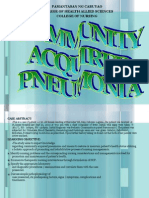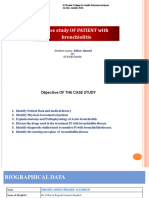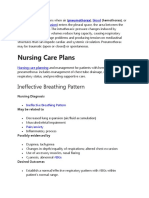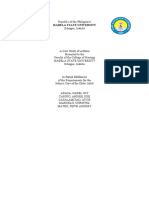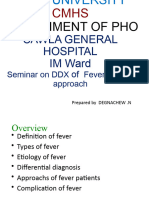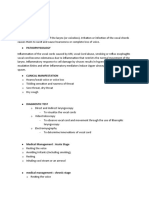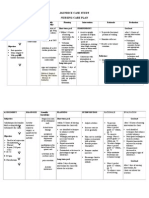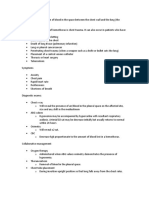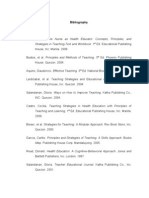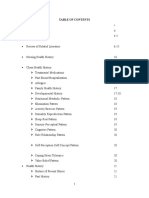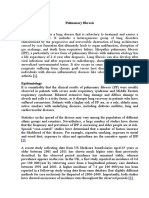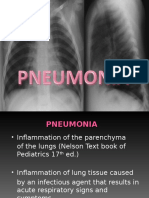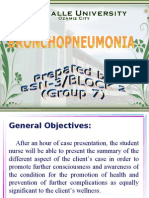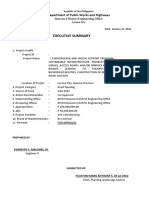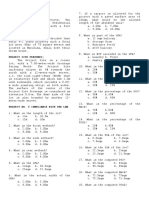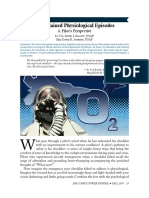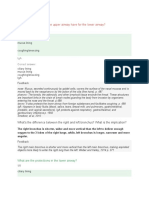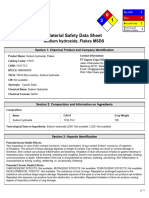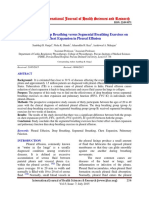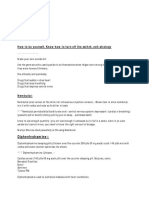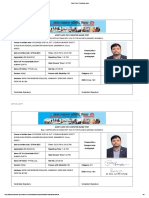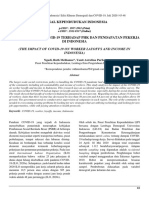0% found this document useful (0 votes)
277 views14 pagesPNEUMONIA
Patient X, a 19 day old newborn, was admitted to the hospital with cough and diagnosed with neonatal pneumonia and possible neonatal sepsis. Physical examination findings included subcostal retractions, harsh breath sounds, and fever. Laboratory tests and diagnostic examinations were performed to confirm the diagnosis of neonatal pneumonia and evaluate for possible neonatal sepsis.
Uploaded by
rogggCopyright
© © All Rights Reserved
We take content rights seriously. If you suspect this is your content, claim it here.
Available Formats
Download as DOC, PDF, TXT or read online on Scribd
0% found this document useful (0 votes)
277 views14 pagesPNEUMONIA
Patient X, a 19 day old newborn, was admitted to the hospital with cough and diagnosed with neonatal pneumonia and possible neonatal sepsis. Physical examination findings included subcostal retractions, harsh breath sounds, and fever. Laboratory tests and diagnostic examinations were performed to confirm the diagnosis of neonatal pneumonia and evaluate for possible neonatal sepsis.
Uploaded by
rogggCopyright
© © All Rights Reserved
We take content rights seriously. If you suspect this is your content, claim it here.
Available Formats
Download as DOC, PDF, TXT or read online on Scribd
/ 14








